- Product
- Solution for
For Your Industry
- Plans & Pricing
- Company
- Resources
For Your Industry
Price is fundamentally determined by supply and demand. When demand for something is high but the supply is limited, prices tend to soar. Conversely, lowering prices can attract customers when demand is low. The ability to skillfully manage this balance between demand and supply, optimizing revenue along the way, is called yield management.
If you’re new to the term or want a better grasp of how yield management pricing works, this guide is designed to walk you through the essentials. By mastering yield management, your business can achieve smarter inventory utilization and improved profitability.

Yield management, at its core, involves adjusting pricing based on two main factors: customer demand and market conditions. The first aspect involves analyzing demand patterns, while the second focuses on identifying unexpected opportunities to maximize revenue. Yield management allows businesses to adapt quickly, whether demand spikes or drops unexpectedly.
In today’s data-driven world, yield management strategies can be fine-tuned with predictive analytics. When demand surges, businesses can capitalize on it by adjusting prices accordingly. Similarly, during slower periods, reducing prices helps move inventory while still maintaining profitability.
Yield management is especially prevalent in industries with perishable inventory, such as hotels, airlines, and event venues, where the product or service (like a hotel room or a flight seat) has a limited shelf life. These businesses can’t stock up on unused inventory, so they need to sell at the right price, at the right time, to the right customer.
Yield management is closely tied to revenue management. While the terms are often used interchangeably, there’s a slight difference. Revenue management is a broader strategy that encompasses yield management but also includes other aspects, such as upselling and optimizing product availability. Yield management focuses primarily on pricing strategies and inventory management.
In the hospitality industry, for instance, a hotel might adjust room rates based on demand forecasts, aiming to sell the most rooms at the best possible rate. This is yield management. On the other hand, if the hotel also optimizes its marketing strategies and offers add-on services (like spa treatments or dining deals) to boost overall revenue, that falls under revenue management.
Yield management is predominantly used in the hospitality industry. Hotels, airlines, and tour operators rely heavily on demand fluctuations, and the prices of their services are adjusted accordingly. For example:
However, yield management isn’t confined to these industries. Many sectors can benefit, from retail to entertainment and beyond. Retailers can adopt yield management strategies by adjusting their prices based on inventory levels, sales trends, and competitor pricing.
To fully understand yield management, you need to grasp its key components:
Dynamic Pricing: Dynamic pricing adjusts prices based on current market conditions. The travel industry is a perfect example of this, where airfare or hotel rates change multiple times in a day based on demand.
Inventory Control: Yield management ensures that products or services are available to the right customers at the right time. In high-demand periods, higher prices are charged, while in low-demand periods, discounts or promotional offers are used to move excess inventory.
Customer Segmentation: Yield management relies heavily on understanding customer segments. By targeting specific customer groups with tailored pricing, businesses can maximize revenue. For example, budget travelers may book a flight months in advance to get a better deal, while business travelers may book at the last minute, even at a premium.
Demand Forecasting: Predicting future demand allows businesses to adjust their strategies proactively rather than reactively. Data analysis, seasonality trends, and even macroeconomic indicators can help forecast demand, enabling more precise pricing strategies.
Yield management pricing involves a blend of demand forecasting, inventory control, and dynamic pricing. The ultimate goal is to sell the right product to the right customer at the highest price they are willing to pay, thus maximizing revenue. This is often easier said than done, as it requires a careful balance between customer satisfaction and profitability.
Here’s how yield management typically works in action:
High-Demand Periods:
When demand is high, prices are adjusted upward to maximize revenue. In the hospitality industry, hotels may increase room rates during peak seasons, like holidays or popular events, knowing that rooms will still be booked even at higher rates.
Low-Demand Periods:
Conversely, during off-peak periods, businesses may lower their prices to attract more customers. A hotel may offer discounted rates or bundle deals to entice customers to book during slow seasons.
Inventory Control:
Companies that deal with perishable inventory (such as hotel rooms, airline seats, or concert tickets) face the challenge of selling within a certain timeframe. Yield management ensures that inventory is used efficiently by adjusting prices based on the probability of selling out.
Real-Time Adjustments:
In some cases, yield management involves real-time pricing adjustments. Airlines, for instance, use sophisticated algorithms to continuously adjust ticket prices based on booking patterns, competitor rates, and remaining seat inventory.
Yield management pricing provides several advantages, including:
Increased Revenue: By adjusting prices based on demand, businesses can optimize their revenue. Instead of selling all inventory at the same price, yield management ensures that prices fluctuate to match demand.
Better Inventory Utilization: Yield management helps businesses use their inventory more effectively by ensuring that they don’t sell out too soon or have too much unsold stock. In the retail sector, for example, companies can adjust prices dynamically to move excess stock or sell high-demand items at a premium.
Improved Customer Segmentation: Yield management allows businesses to better understand their customer base and target them with appropriate offers. By offering different prices to different customer segments, businesses can capture a larger portion of the market.
Minimized Risk of Pricing Errors: With data-driven yield management strategies, businesses can reduce the chances of pricing errors, such as charging too little during high-demand periods or too much during low-demand periods.
Enhanced Competitiveness: Yield management ensures that businesses remain competitive by continually adjusting prices to match or outperform their competitors.
While yield management can be highly effective, it’s essential to approach it carefully. Overcharging customers during peak periods can damage your brand and lead to accusations of price gouging. In fact, a Civic Science study found that 68% of adults believe that dynamic pricing is akin to price gouging.
Therefore, you need to strike a balance between maximizing revenue and maintaining a positive customer experience. Always consider market demand, customer expectations, and competitor pricing before adjusting your prices.
Several variables influence yield management, including:
Demand Fluctuations:
Demand changes with seasons, events, and economic conditions. Understanding when demand will peak or decline is crucial for implementing successful yield management.
Customer Price Sensitivity:
How much are your customers willing to pay? Understanding customer price sensitivity will help you determine the optimal pricing strategy. For instance, while some customers will pay a premium for convenience, others are more price-conscious and may go to competitors if your prices are too high.
Competitor Pricing:
Keep a close eye on your competitors’ pricing strategies. In competitive markets, your pricing needs to be aligned with the competition while still ensuring profitability.
Macroeconomic Factors:
Economic conditions, such as inflation or changes in disposable income, can significantly affect customer behavior and demand for your product or service.
Now that you understand the core concepts of yield management, let’s explore a step-by-step approach to implementing it in your business.
Data Collection:
The first step is to gather data, including historical sales figures, customer segmentation, occupancy rates (for the hospitality industry), and competitor pricing trends.
Demand Forecasting:
Use data analysis and demand forecasting methods to predict future demand fluctuations. Historical data can help you identify patterns and prepare for high- and low-demand periods.
Dynamic Pricing Adjustments:
Set up dynamic pricing models that allow you to adjust prices based on real-time demand. Implement software tools or use AI algorithms that can continuously monitor demand and adjust prices accordingly.
Customer Segmentation:
Identify different customer segments and tailor your pricing strategies to each group. For example, offer discounted rates to budget travelers or exclusive packages for luxury travelers.
Monitor Results and Adapt:
Regularly monitor the effectiveness of your yield management strategy. Are your prices too high or too low? Are you losing customers to competitors? By continuously analyzing the data, you can fine-tune your approach.
Yield management pricing is a powerful strategy that allows businesses to optimize inventory utilization and maximize revenue. By adjusting prices based on demand, customer segments, and market conditions, businesses can find the sweet spot between profitability and customer satisfaction.
However, it’s crucial to implement yield management strategies carefully to avoid alienating customers or creating a perception of unfair pricing. With a data-driven approach, careful demand forecasting, and customer segmentation, you can successfully apply yield management to your business and achieve long-term profitability.
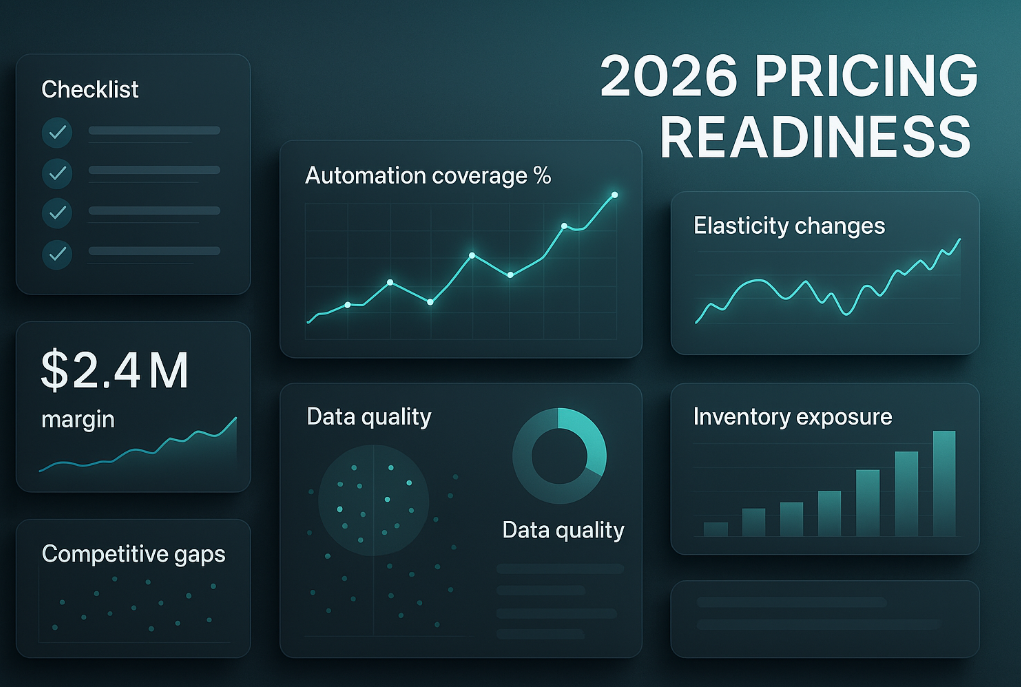

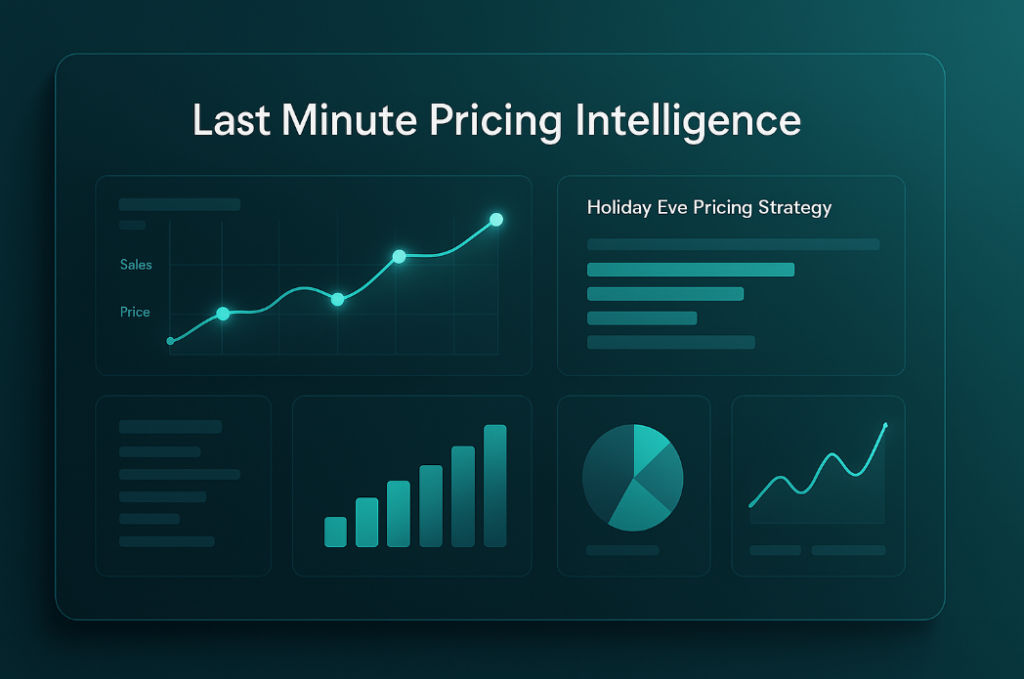

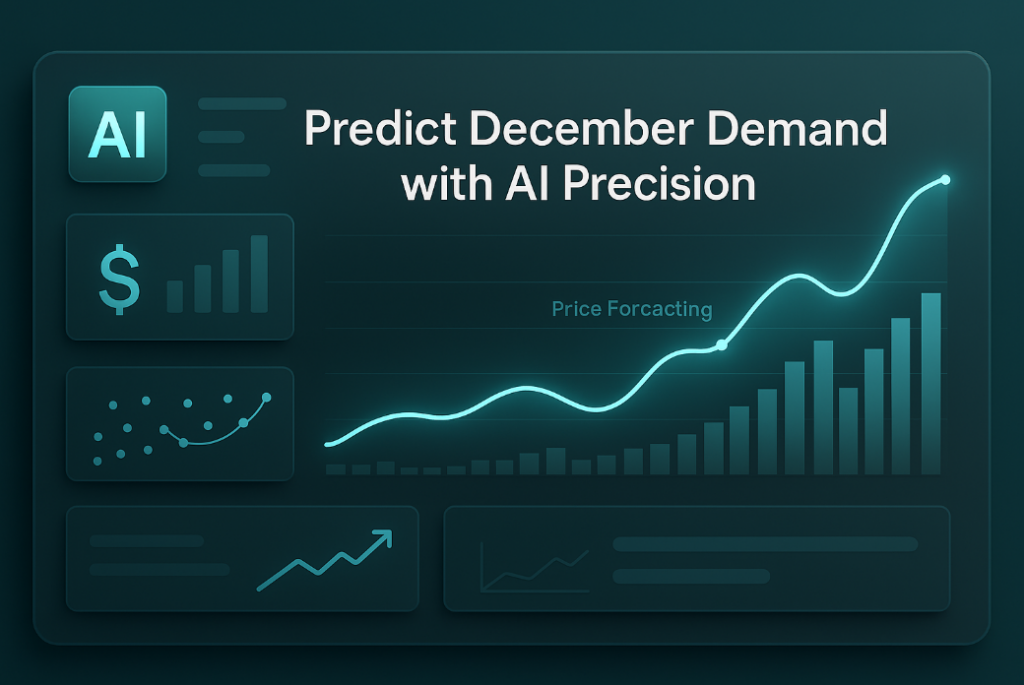
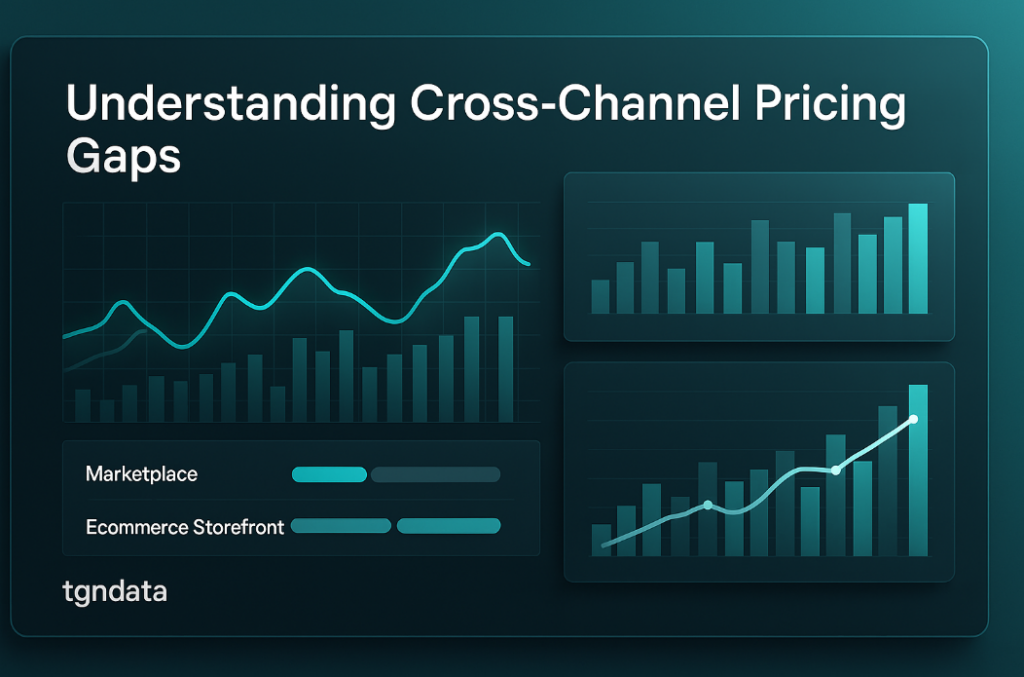
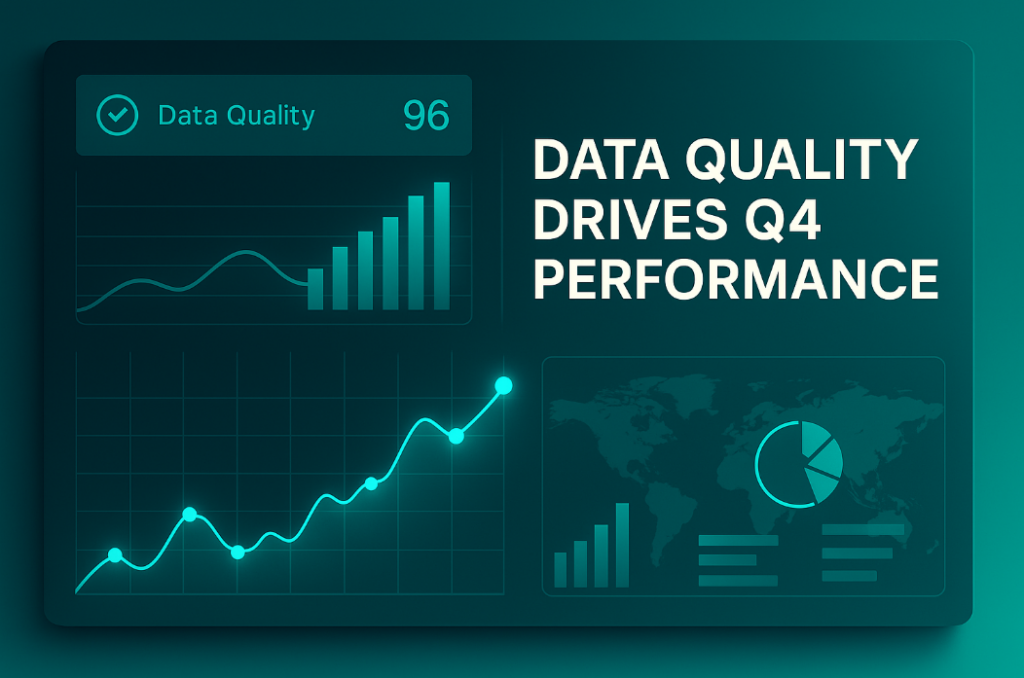






Missing an important marketplace?
Send us your request to add it!